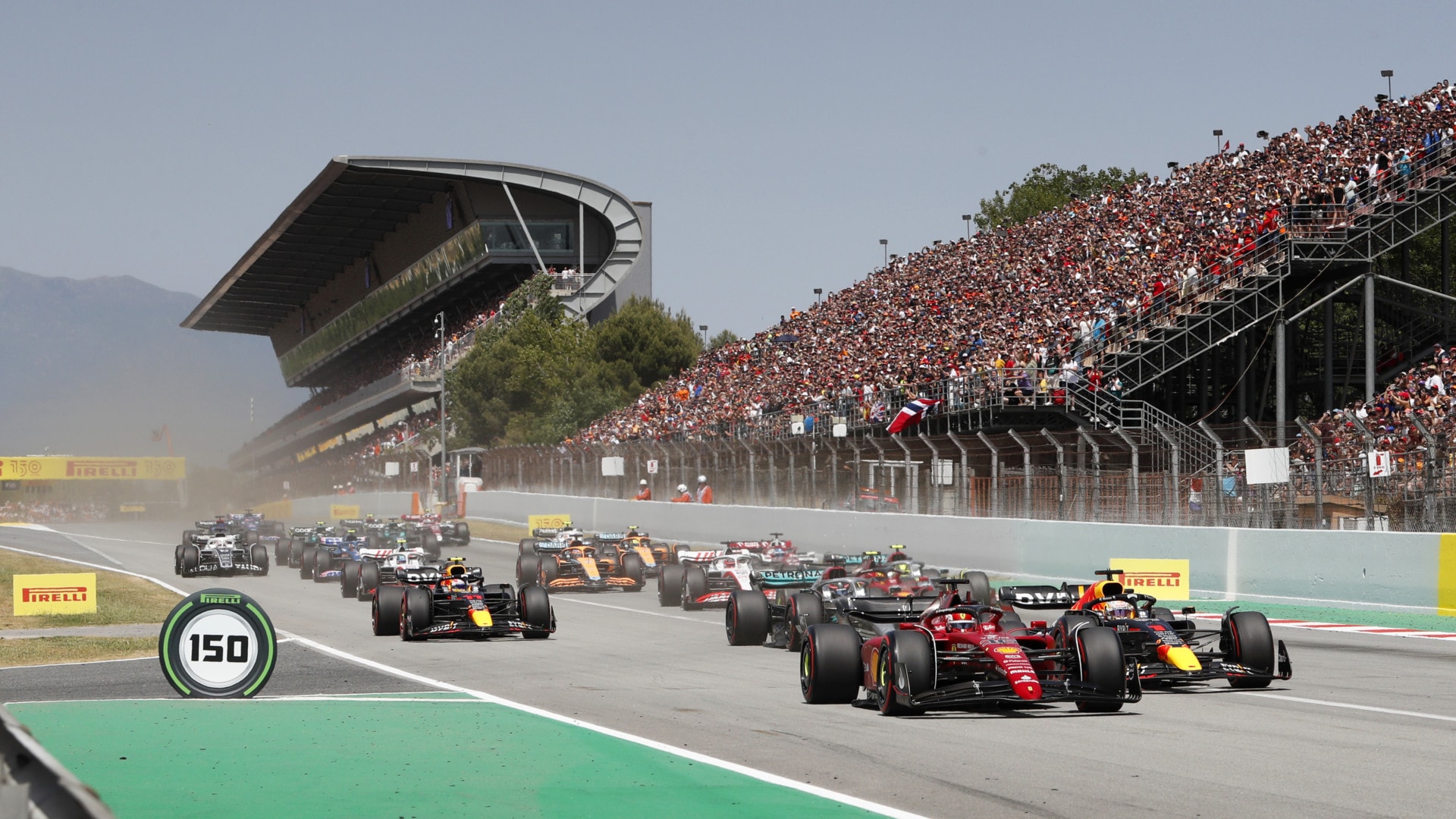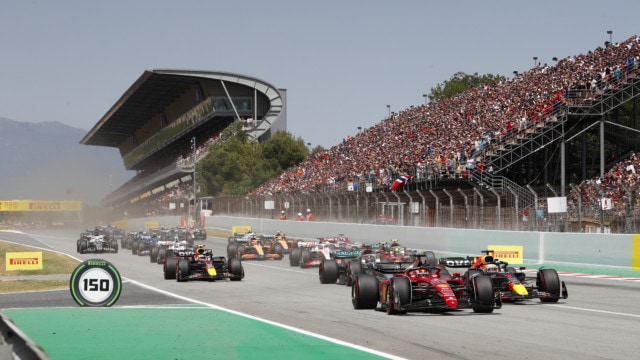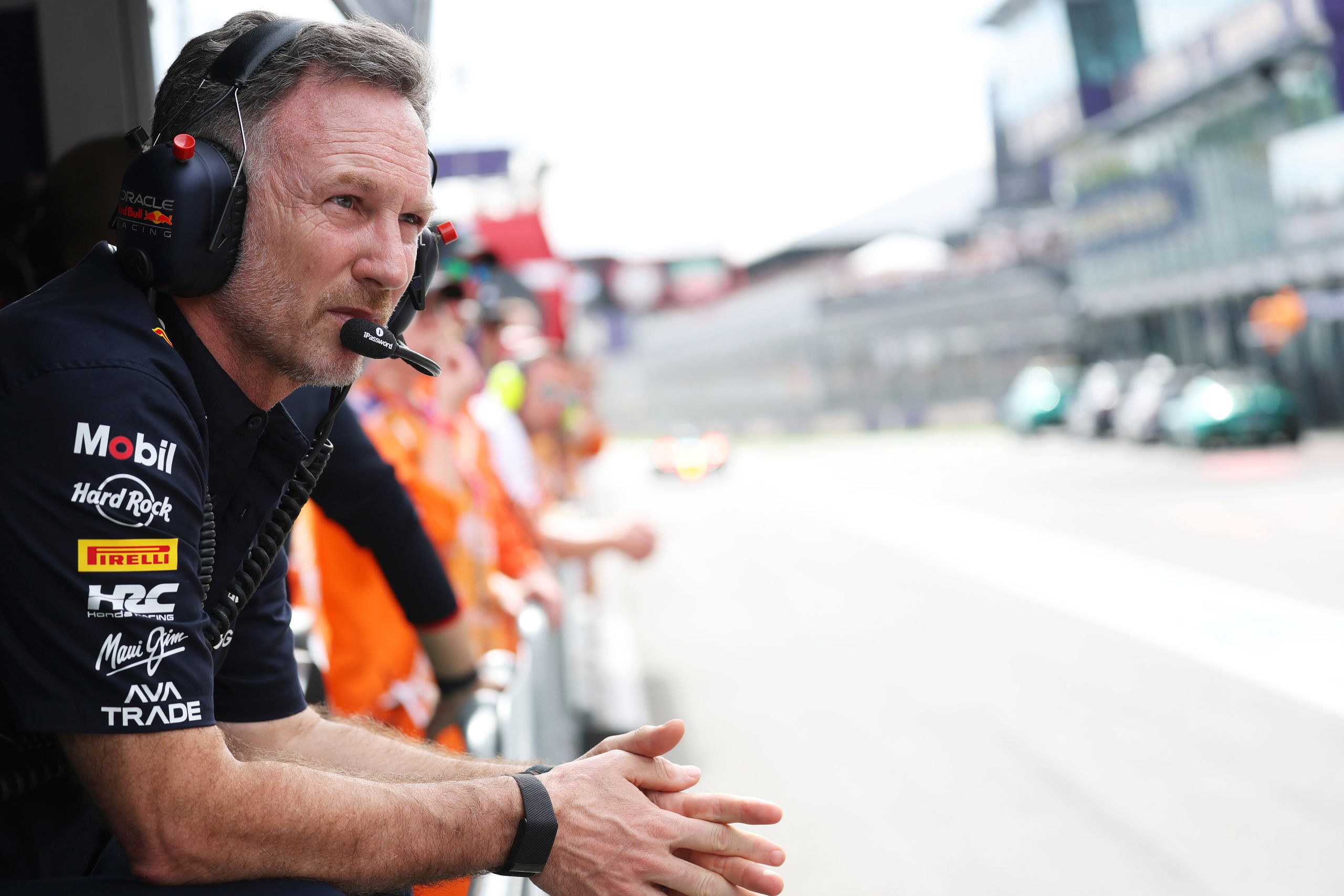How Often Does The Pole-Sitter Win In F1?


The pole-sitter is the driver who takes pole position in the qualifying session during a Grand Prix weekend. Seeing who will claim pole might be as exciting as playing on Amazon Slots in UK, however, qualifying on pole doesn’t necessarily mean the pole sitter will win the race…
In F1 racing, the pole-sitter is the driver who set the fastest time in the Saturday qualifying session ahead of the race on Sunday, meaning he will start at the front of the grid. This driver gains a significant advantage against other drivers, and because of this, many people wonder how often does the pole-sitter win in F1?
The statistics show that the pole-sitter takes more than 40% of race wins. This information is based on the overall race wins since Formula 1 began in the 1940s. Out of the 1,066 completed Grand Prix races, the driver that has become the pole-sitter has won the race 450 times as of the 2022 Canadian Grand Prix.
Taking pole is the most coveted position drivers compete for in every F1 qualifying session, but is it really that important? Is it much better to start further in the back of the grid? How does becoming the pole-sitter increase the chances of winning for a driver? Let’s find out!
How often does the pole position win in F1?
Pole Position is a terminology used in F1 racing to describe the position at the front of the starting grid. It is basically the same as a pole-sitter, and it provides the driver in the pole position the privilege of starting ahead of all the other drivers.
Pole position is such an advantage in F1 races that in Formula One history, around 42.21% of race wins have been won by the driver on pole.
Throughout Formula One history, the driver who gets the pole position has set the fastest lap time in the qualifying session, meaning the driver who wins the qualifying session gets to start from pole position.
The ability to start in pole position can be extremely advantageous for F1 drivers, as it gives the driver a shorter run to the first corner, then clean air to drive into if they do make the first corner first.
Starting the F1 race at the front of the grid also drastically increases the driver’s chance of winning the Grand Prix race. Statistically, more than 40% of all Formula 1 races are won by the driver who starts in pole position.
As stated earlier, the pole position in a Formula 1 race is the best starting position. It offers the most advantages to drivers and significantly increases the driver’s odds of winning the race. Although pole position is the most important and coveted starting position in the race, it is also the most challenging position to win.
To obtain the pole position, an F1 driver must compete and win in a qualifying session, or in some instances, a qualifying sprint race and a qualifying session.
A driver can win the pole position in standard qualifying sessions by obtaining the fastest lap time over three qualifying rounds. The driver with the best overall time in Q1 wins the pole.
However, in a qualifying sprint race, the driver who wants to win the pole needs to compete in a standard qualifying session to determine their order in the sprint race. After that, they must compete and win in the sprint race to obtain the pole position for the feature race on Sunday.
What are the Advantages of Winning Pole Position?
A significant advantage that pole position provides is that the driver begins the race at the front of the grid. Thus, the driver doesn’t have any other drivers in front of him to battle with.
It means that the pole position driver can simply focus on starting the race and would not be too concerned about other drivers.
Even though other drivers may catch up with him quickly, if the pole position driver gets a good start, he is more than likely to pull away from the rest of the grid, which will put the driver in the best possible position to start racing hard right from the beginning.
Because the pole position driver doesn’t need to overtake anybody, he can focus on his driving and get the most out of his car to increase the team’s lap time and draw the best possible performance from his vehicle.
The pole position driver can immediately focus on his team’s race strategy and would be able to communicate clearly with his team and race engineer to get valuable instructions and provide helpful feedback for the rest of the team.
There are some Grand Prix circuits where getting the pole position is absolutely critical and would most likely ensure a win.
One great example is the Monaco Grand Prix. This circuit is almost exclusively won by the driver who starts in pole position. It is because this Grand Prix circuit is so tight and challenging that overtaking is practically impossible for most drivers.
So, simply put, If no other drivers overtake the pole position driver, that driver will remain at the head of the pack all the way to the end of the race. It makes winning the pole position for these tight circuits crucial for any team to win the race.
Who won the most pole positions in F1?
Lewis Hamilton is the clear winner in terms of taking out the most pole positions. He is the first F1 driver to reach triple-digit pole position wins.
He won his 100th pole position in 2021 at the Spanish Grand Prix. With less than 300 race starts in his career, Lewis Hamilton has won pole position in more than one-third of the races he competed in.
Second place and Lewis Hamilton’s nearest rival is Michael Schumacher. However, with only 68 pole position wins, Schumacher doesn’t come close to the famous British driver’s total wins.
On the other hand, Schumacher’s 68 pole position wins for Ferrari makes the Scuderia Ferrari F1 racing team the top team to win most pole positions in F1 history.
Their last win came courtesy of Charles Leclerc, who captured the pole position win around his home track at the Monaco Grand Prix. They are the only Formula One racing team to reach the 200 pole position win mark.
Who is the youngest pole-sitter in F1?
Sebastian Vettel’s fantastic session during the qualifying at Monza for the 2008 Italian Grand Prix stunned the Formula 1 racing world. During this unpredictable session, many people saw the big players (McLaren, Ferrari, and Renault) fail to qualify through the sessions. It opened the door for the young German to become the youngest pole-sitter (21 years, 72 days) since Fernando Alonso’s win five years earlier.
Sebastian Vettel currently holds many records, and his career was jumpstarted in 2008 with a superb performance at the Italian Grand Prix.
During his first full season, he gained pole position and won the Grand Prix, making him the youngest F1 driver to win this achievement. In his later years with Red Bull, he also became the youngest driver to win the World Championship.
What do F1 drivers get for pole?
In addition to the significant advantage the driver who takes pole position gets, they also win a trophy.
In 2014, the FIA gave a trophy to the driver who won the most pole positions in a season. However, In 2018, the FIA Pole Trophy was replaced by the Pirelli Pole Position Award.
This award is given to the polesitter at each race, and they get a Pirelli wind tunnel tyre with their time and name engraved. In addition, the driver with the most pole positions at the end of the season wins a full-size engraved Formula One tyre.
How often does the pole-sitter win in F1? – Final Thoughts
To summarize, the question how often does the pole-sitter win in F1? can be answered by the following. The pole-sitter wins more than 40% of the races they compete in. Getting pole position is such a massive advantage in F1 races that in Formula One history, around 42.21% of races have been won by the driver starting on pole.
A significant advantage that the pole position provides is that the winning driver begins the race at the front of the grid. Thus, the driver doesn’t have any other drivers in front of him to overtake.
It means that the pole position driver can simply focus on starting the race without the concern of any cars in front of him.
Lewis Hamilton is the first F1 driver to reach triple-digit (103) pole position wins in F1 history, and Sebastian Vettel Is the youngest driver to become pole-sitter at 21 years old and 72 days.





